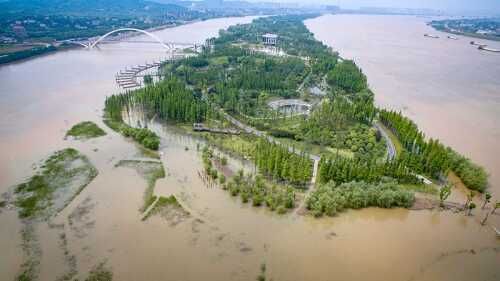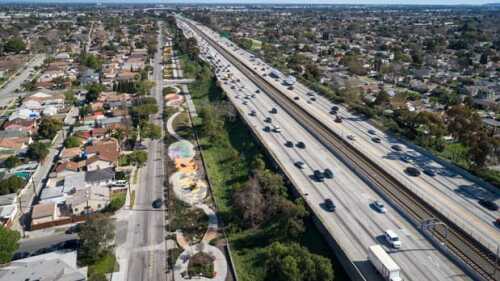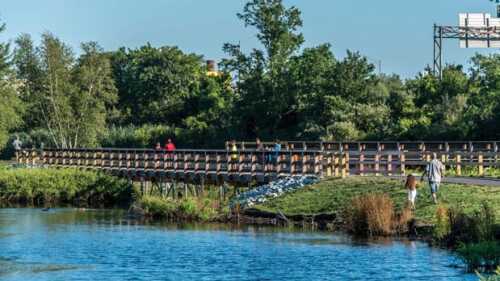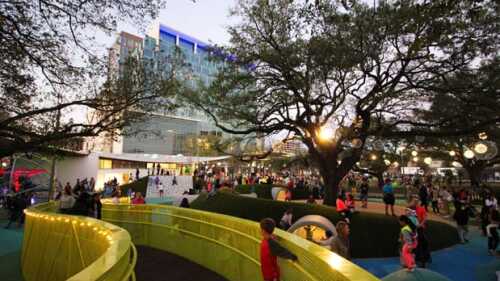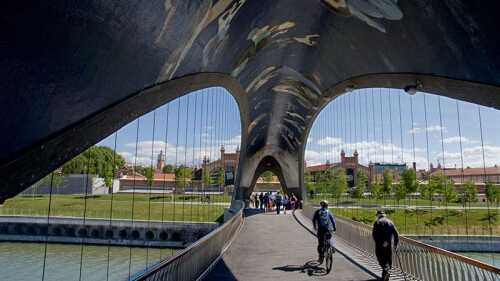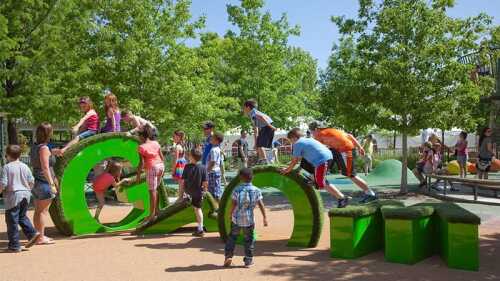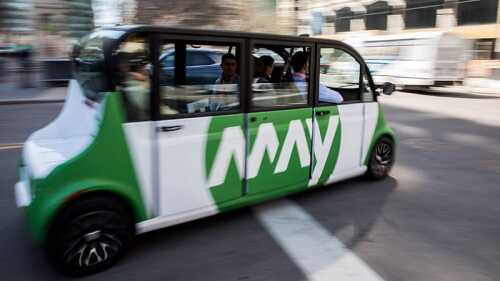Design and Planning
Implementing strategies at the building, development, and community levels can preserve functionality despite extreme weather.
What could the future of cities look like? In the future, cities will have more in common, and will have more interaction with each other than with regional governments, said speakers at ULI Germany’s Urban Leader Summit in May. This “parasovereignty” can already be seen in places such as Dubai, where some cities use different systems of law to attract investment.
Changsha is a bustling city of 7 million people in China’s central Hunan province. The Baxi River meanders through the city, carrying water flows that have created 15 scattered islands near the city. Seasonal flooding, rapid water flow, and constructed monocultures have caused escalating erosion, destabilization, and loss of habitat along the banks. Past approaches to managing the river have favored the creation of hard edges to protect land and property. With the two-mile-long (3.2 km), 156-acre (63 ha) Baxi River Forest Island, the local government tried a new approach. It embraced the river ecosystem, creating a new park that is helping both nature and people thrive.
The Ricardo Lara Linear Park in Lynwood, California, demonstrates how underused land can be repurposed to benefit an entire community. Teamwork and creativity transformed a vacant five-acre (2 ha) stretch of land along Interstate 105 into a park that advances social equity, improves environmental health, and offers recreation spaces for all ages.
The Quequechan River Trail is reusing an abandoned rail right-of-way to provide public access to the Quequechan River, offering benefits for the community of Fall River, Massachusetts, improving water quality, and creating valuable wetland habitat. In 1958, the construction of Interstate 195 split the city in half and blocked access to the river. The new trail, made possible through strong partnerships, now provides almost two miles (3.2 km) of trails to pedestrians and bicyclists and restores a connection to the Quequechan River.
As one of the only public green spaces in Houston’s Upper Kirby District, the underused Levy Park has been reimagined as an active, vibrant civic destination. The 5.9-acre (2.4 ha) public park offers free programming and public events, and includes a 40,000-square-foot (3,700 sq m) children’s garden, a 7,500-square-foot (700 sq m) rain garden, a 43,000-square-foot (4,000 sq m) event lawn, and a 2,500-square-foot (230 sq m) multipurpose performance space.
Madrid Rio Park was made possible by the burial of 25 miles (40 km) of urban motorways that had separated Madrid’s 6 million residents from the Manzanares River, which flows through the city. The park now occupies 360 acres (146 ha) of green space, with trails and urban beaches sharing space with art centers, playgrounds, and cafés, providing a link between city and river, and between the urban ecosystem and the vast Manzanares River basin.
The ULI Urban Open Space Award recognizes vibrant parks and open spaces that have been transformative in promoting healthy, sustainable, and equitable outcomes in their communities. This year, five projects were selected as finalists.
Autonomous vehicles will remake cities in ways we are only beginning to imagine. Architects and planners have to envision structures now that will fit into that future.
The following ten projects—all built during the past five years—showcase a variety of design strategies that make inventive use of their project budgets, including a textile mill adapted to serve as apartments and supportive housing for military veterans.


